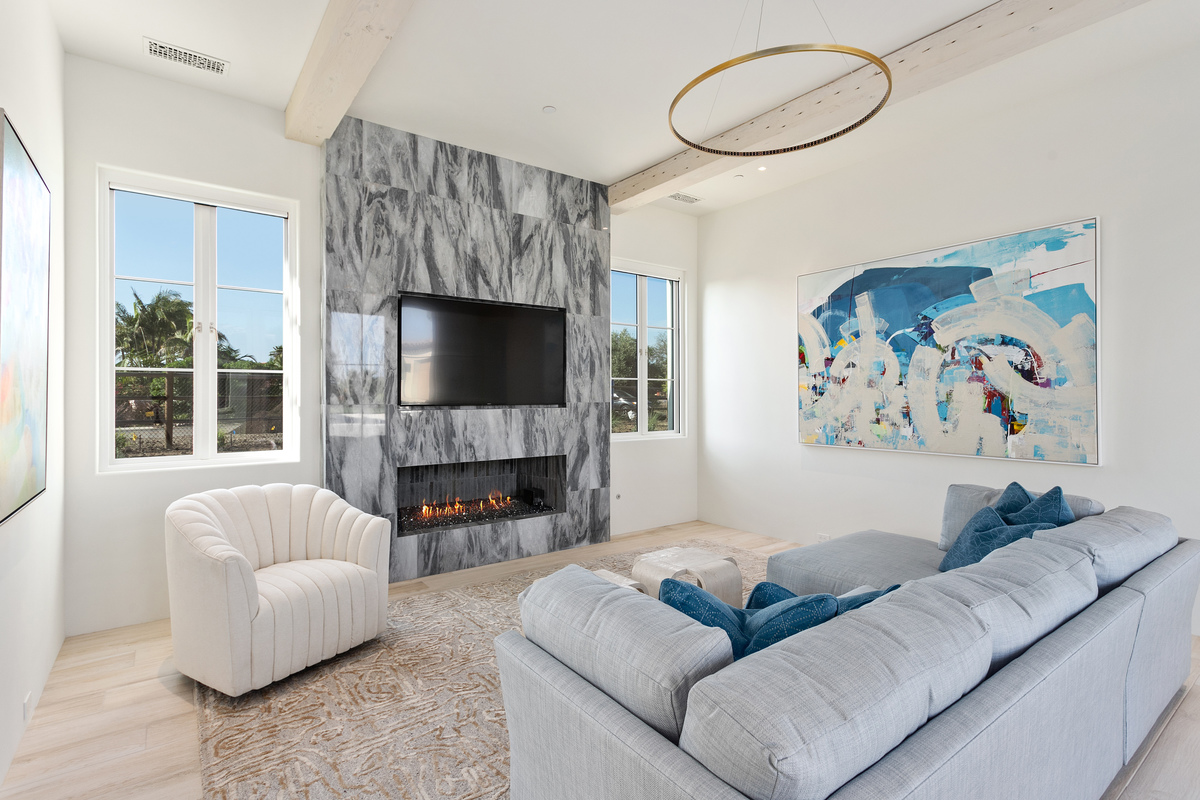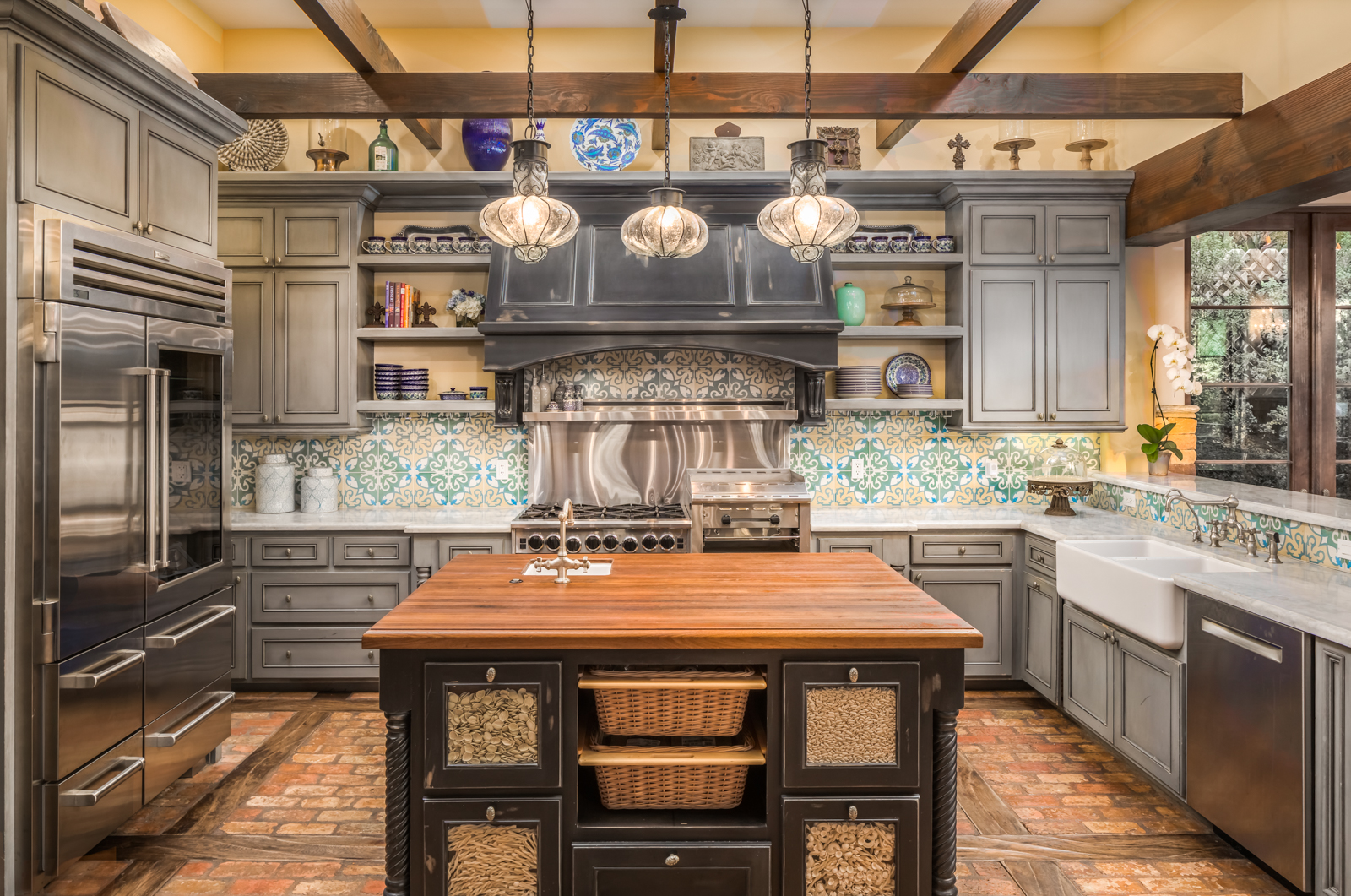In a world dominated by screens, artificial lighting, and concrete jungles, the need to reconnect with nature has never been greater. Enter indoor plants—a simple yet powerful way to bring the outdoors in, improving aesthetics, enhancing well-being, and even boosting indoor air quality.
With the rise of biophilic design, homeowners and designers alike are embracing greenery as an essential element of modern interiors. But integrating plants into your home isn’t just about placing a potted fern in the corner. It’s about thoughtful selection, strategic placement, and proper care to create a space that feels alive, balanced, and refreshing.
From low-maintenance houseplants to pet-friendly options, this guide covers everything you need to create a thriving indoor jungle—no green thumb required.
Why Indoor Plants Matter: The Science Behind Biophilic Design
1. What Is Biophilic Design?
Biophilic design is the practice of incorporating natural elements—such as plants, water, wood, and stone—into interior spaces to mimic the organic world. The idea stems from the concept that humans have an innate connection to nature, and surrounding ourselves with greenery improves mental, emotional, and physical health.
2. The Health Benefits of Indoor Plants
Improved Air Quality
NASA’s Clean Air Study found that certain houseplants act as natural air purifiers, removing toxins like formaldehyde, benzene, and ammonia from the air. Some of the top air-purifying plants include:
- Spider Plant (Chlorophytum comosum)
- Peace Lily (Spathiphyllum)
- Boston Fern (Nephrolepis exaltata)
- Areca Palm (Dypsis lutescens)
Increased Humidity & Temperature Regulation
Through a process called transpiration, plants release moisture into the air, naturally increasing humidity. This is especially beneficial in dry, air-conditioned spaces where low humidity can cause respiratory discomfort and dry skin.
Mental Health & Stress Reduction
Studies show that being around greenery helps lower stress, anxiety, and blood pressure while improving focus and productivity. This makes plants an ideal addition to workspaces, bedrooms, and relaxation areas.
Better Sleep Quality
Certain plants, such as Lavender and Aloe Vera, emit oxygen and soothing fragrances that promote better sleep. Placing these plants in the bedroom can create a calming, sleep-friendly environment.
Choosing the Right Houseplants for Your Home
Not all plants thrive indoors, and some require more maintenance than others. The key to a thriving indoor garden is choosing the right plants for your space and lifestyle.
1. Low-Maintenance Plants for Beginners
If you’re prone to forgetting to water your plants, opt for hardy, low-maintenance species that thrive on neglect:
- Snake Plant (Sansevieria) – Requires little light and minimal watering.
- ZZ Plant (Zamioculcas zamiifolia) – Practically indestructible and thrives in any condition.
- Pothos (Epipremnum aureum) – Grows rapidly with little care and removes toxins from the air.
- Cast Iron Plant (Aspidistra elatior) – Tolerates low light and infrequent watering.
2. Best Plants for Air Purification
Certain species excel at removing indoor pollutants while adding a burst of greenery:
- Peace Lily (Spathiphyllum) – Absorbs toxins and improves humidity levels.
- Areca Palm (Dypsis lutescens) – A natural humidifier, great for dry climates.
- Boston Fern (Nephrolepis exaltata) – Filters out formaldehyde and increases moisture.
- Rubber Plant (Ficus elastica) – Effectively removes airborne toxins.
3. Pet-Friendly Plants
Many common houseplants can be toxic to pets, so if you have cats or dogs, opt for these safe alternatives:
- Spider Plant (Chlorophytum comosum) – Non-toxic and easy to grow.
- Calathea (Calathea spp.) – Beautiful, vibrant leaves that are safe for pets.
- Areca Palm (Dypsis lutescens) – Purifies air while being pet-friendly.
- Parlor Palm (Chamaedorea elegans) – Adds a tropical touch without the risk.
Strategic Placement: Where to Put Indoor Plants for Maximum Impact
Strategic placement enhances visual balance, improves air circulation, and ensures plants receive the right amount of light.
1. Living Room: The Heart of the Home
- Large statement plants like a Fiddle Leaf Fig or Monstera create a stunning focal point.
- Hanging planters filled with Pothos or String of Pearls add movement and texture.
- Small succulents or ferns on coffee tables bring in subtle greenery without overwhelming the space.
2. Bedroom: A Tranquil Escape
- Lavender and Aloe Vera promote relaxation and better sleep.
- Snake Plants release oxygen at night, making them ideal for bedrooms.
- Floating shelves or bedside planters keep plants accessible without cluttering nightstands.
3. Kitchen: Fresh & Functional
- Herbs like basil, mint, and rosemary thrive on a sunny windowsill for easy cooking access.
- Wall-mounted planters save counter space while adding greenery.
- Air plants (Tillandsia) require no soil, making them perfect for kitchen shelves.
4. Bathroom: High-Humidity Champions
- Ferns, orchids, and bamboo flourish in steamy conditions.
- Hanging plants like English Ivy create a spa-like atmosphere.
- Aloe Vera doubles as skincare, providing natural hydration.
5. Home Office: Boost Productivity & Focus
- Cactus or bonsai trees provide a grounding presence on desks.
- Peace Lilies and Snake Plants filter out toxins from electronics.
- Ivy along bookshelves softens hard edges and improves air circulation.
Plant Care Essentials: Keeping Your Greenery Thriving
1. Watering Guidelines
- Overwatering is the #1 cause of plant death. Always check soil moisture before watering.
- Succulents & cacti need watering once every 2-3 weeks.
- Tropical plants thrive with consistent moisture and humidity.
- Use pots with drainage holes to prevent root rot.
2. Understanding Light Needs
- Bright, direct light suits succulents, cacti, and citrus plants.
- Low-light plants like ZZ plants and Snake Plants survive in dim areas.
- Rotate plants occasionally for even growth and balanced exposure.
3. Repotting & Soil Health
- Repot every 1-2 years to refresh nutrients and prevent root binding.
- Use well-draining soil for succulents and moisture-retaining mix for tropical plants.
- Trim dead leaves to encourage new, healthy growth.
4. Preventing Pests
- Regularly check for gnats, spider mites, and aphids.
- Wipe leaves with a damp cloth to keep them dust-free.
- Use natural insecticidal soap to prevent infestations.
Houseplants are more than just décor—they’re essential components of a healthy, vibrant home. Whether you’re curating a tropical oasis, a minimalist green corner, or an air-purifying sanctuary, integrating plants into your space enhances well-being, boosts productivity, and elevates design aesthetics.
By choosing the right plants, positioning them strategically, and caring for them properly, you’ll cultivate an inviting, thriving indoor environment that connects you to nature—no matter where you live.



